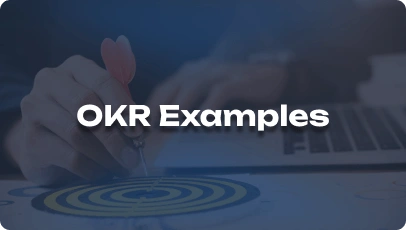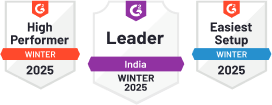Hiring Manager Intake Meeting Questions
1. What are the key requirements for this role?
Understanding the specific skills and qualifications needed for the position is crucial for effective hiring. This question allows the hiring manager to outline the essential requirements, including technical skills, experience, and soft skills.
Example:
“The key requirements for this role include a bachelor’s degree in [relevant field], at least three years of experience in [specific area], proficiency in [required software/tools], and strong communication and leadership skills.”
2. What challenges is the team currently facing?
Identifying the challenges the team is facing provides valuable insights into the current state of affairs and helps in crafting job descriptions, interview questions, and recruitment strategies to address these challenges effectively.
Example:
“The team is currently facing challenges with meeting project deadlines due to resource constraints and communication gaps. We also need to improve collaboration among team members working remotely.”
3. What qualities are you looking for in a candidate?
Understanding the desired qualities in a candidate helps in evaluating potential hires and ensuring alignment with the team’s culture and goals. This question allows the hiring manager to articulate the specific traits and attributes they value.
Example:
“We’re looking for candidates who are proactive, adaptable, and collaborative team players. Strong problem-solving skills, attention to detail, and a passion for learning are also important qualities.”
4. What is the timeline for filling this position?
Having clarity on the timeline for hiring is essential for planning recruitment activities, scheduling interviews, and managing candidate expectations. This question helps ensure alignment between the hiring manager and the recruiting team.
Example:
“Ideally, we’d like to fill this position within the next six weeks to ensure a smooth transition. However, we’re open to extending the timeline if necessary to find the right candidate.”
5. What is the onboarding process like for new hires?
Understanding the onboarding process helps candidates assess the support and resources available to them as they transition into the new role. This question allows the hiring manager to provide insights into the orientation, training, and integration process for new hires.
Example:
“Our onboarding process includes a comprehensive orientation session, one-on-one training with a mentor, and access to online resources and training materials. We also encourage new hires to shadow experienced team members to get hands-on experience.”
6. What opportunities for growth and advancement are available within the team?
Understanding the career development opportunities within the team helps candidates assess the long-term potential of the role and the organization. This question allows the hiring manager to discuss potential career paths, training programs, and advancement opportunities.
Example:
“We offer various opportunities for growth and advancement within the team, including mentorship programs, leadership training, and opportunities to work on cross-functional projects. High-performing team members also have the chance to take on leadership roles and spearhead strategic initiatives.”
7. What is the team dynamic like?
Understanding the team dynamic helps candidates assess their fit within the team and the organization’s culture. This question allows the hiring manager to describe the team’s working style, communication norms, and collaborative approach.
Example:
“Our team dynamic is highly collaborative, with open communication channels and a supportive working environment. We value teamwork, creativity, and continuous improvement, and we encourage team members to share ideas, provide feedback, and collaborate on projects.”
8. What are the key performance indicators (KPIs) for this role?
Understanding the key performance indicators helps candidates understand the expectations and metrics for success in the role. This question allows the hiring manager to outline the specific KPIs, goals, and objectives that the successful candidate will be responsible for.
Example:
“The key performance indicators for this role include meeting project deadlines, achieving sales targets, maintaining high levels of customer satisfaction, and contributing to team goals and initiatives.”
9. How does this role contribute to the overall goals of the team and the organization?
Understanding the role’s impact on the team and the organization’s goals helps candidates assess its significance and alignment with their career objectives. This question allows the hiring manager to discuss the role’s strategic importance, contribution to key initiatives, and alignment with organizational objectives.
Example:
“This role plays a critical role in supporting our team’s objectives by [describe specific contributions]. Additionally, it contributes to our organization’s overall goals by [describe broader impact].”
10. What are the next steps in the hiring process?
Understanding the next steps in the hiring process helps candidates navigate the recruitment process effectively and manage their expectations. This question allows the hiring manager to outline the timeline, interview stages, and any additional requirements or documentation needed from candidates.
Example:
“The next steps in the hiring process include reviewing applications, conducting initial interviews, and scheduling second-round interviews with key stakeholders. We’ll also require candidates to complete a skills assessment or submit work samples as part of the evaluation process.”
Also See: Behavioral Interview Questions







